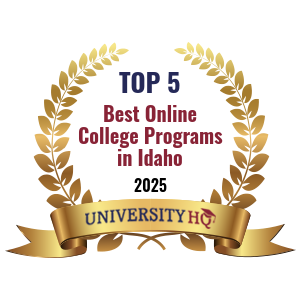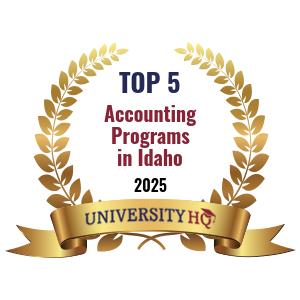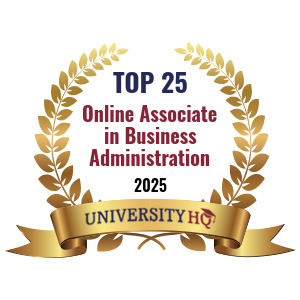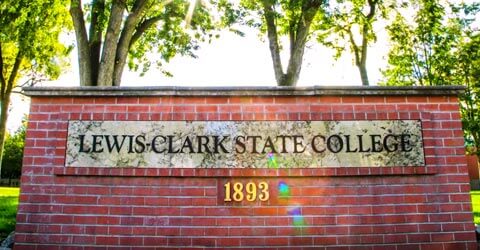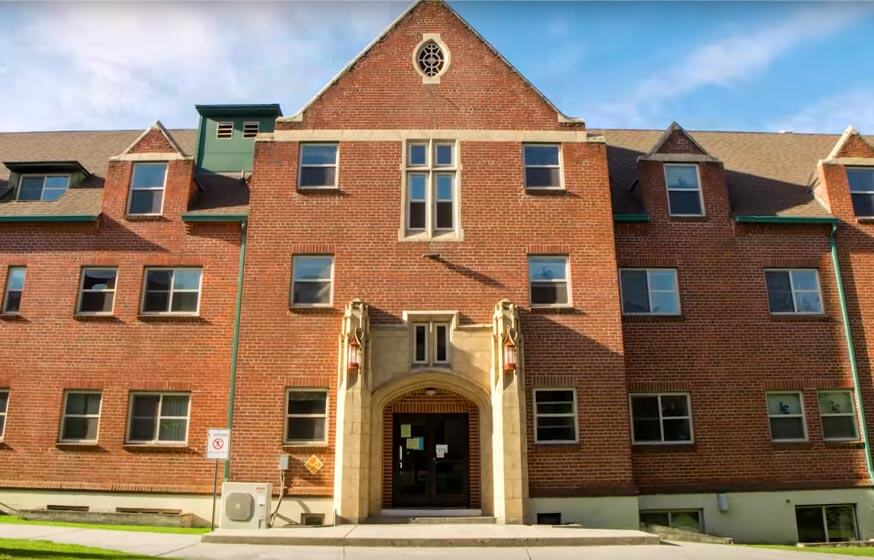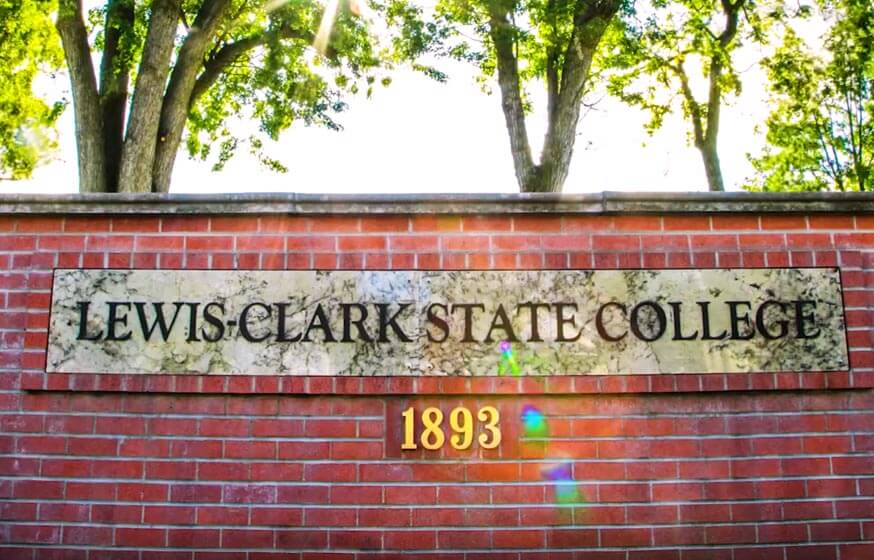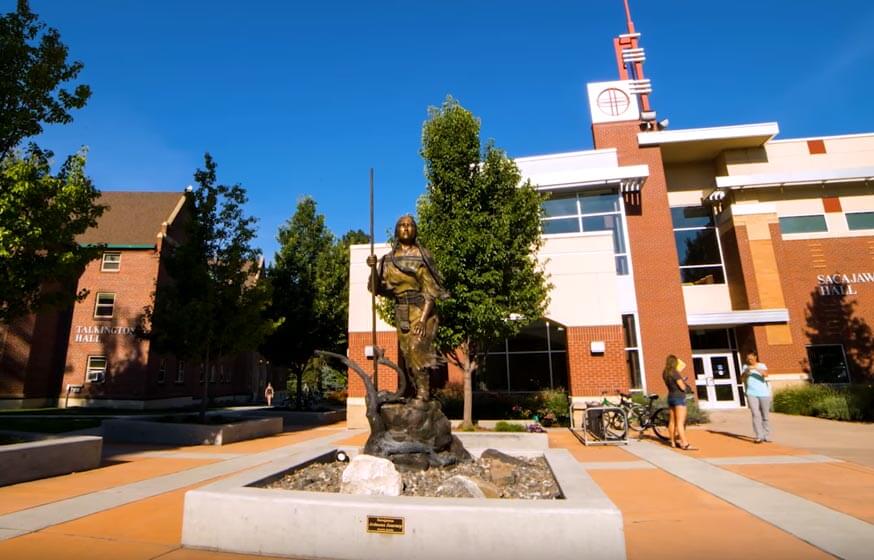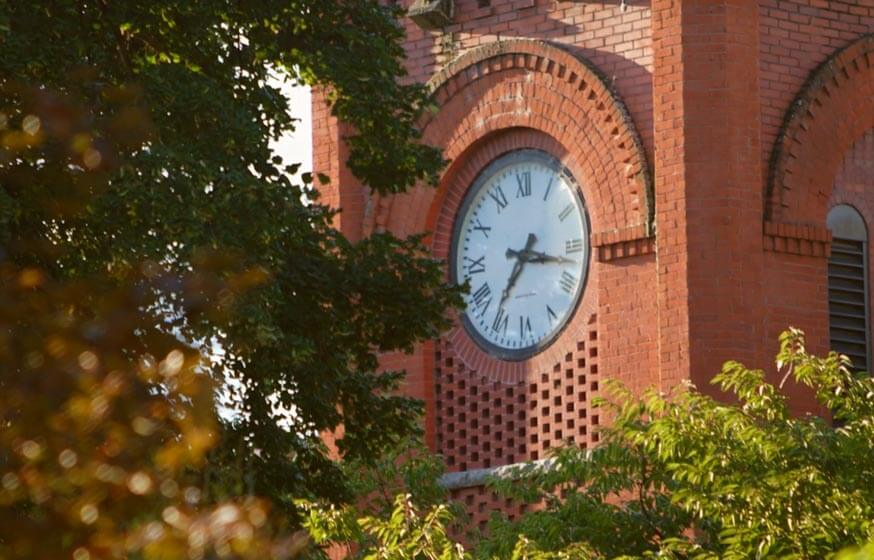Get Matched With Online Colleges
Lewis-Clark State College is close to the state border of Idaho and Washington State. It’s located in a small city and the campus itself is small, so it should be easy for you to find your way around on and off campus. You should be able to walk from one end of campus to the other easily as you go from class to class. If you visit and drive around town, you may see several areas you’ll want to explore—parks and a conservancy, for instance. You’ll also notice some restaurants where you can spend time with friends or study for mid-terms or your finals.
Search All Programs
Overview of Lewis-Clark State College (LCSC)
The college is a public school offering on-campus dormitories. As a freshman living on campus for at least the first year, you’ll be able to get involved in campus activities and also find it much easier for you to get to your classes; you’re almost right there.
The student population isn’t large; including just over 3,700 students in recent years, all undergraduate. The awards offered to students range from certificates of less than one and two years, associate degrees, two to less than four years certificates, and bachelor’s degrees.
General Information
| School Type | Public |
|---|---|
| Campus Setting | City: Small |
| Campus Housing | Yes |
| Student Faculty Ratio | 12:1 |
| Graduation Rate | 38% |
| Year Founded | 1893 |
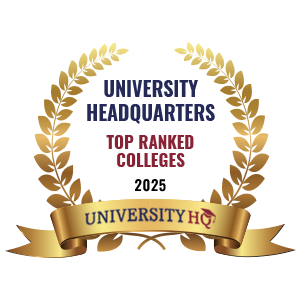
Student Enrollment
Total Students3,748
3,748
0
Undergraduate Student
Male 1,387
Female 2,361
Graduate Student
Male 0
Female 0
Explore Map
Top Rankings For Lewis-Clark State College
LCSC Acceptance Rate and Admissions
APPLICATIONS1,683
ACCEPTANCE1,683
Acceptance Rate100%
Enrollment 522
| Admissions | |
|---|---|
| Application Fee | NA |
| High School GPA | Recommended |
| High School Rank | NA |
| High School Transcripts | Recommended |
| College Prep Courses | Recommended |
| Recommendations | NA |
| SAT/ACT | Required |
| TOEFL (Test of English as a Foreign Language) | Required |
| Application Deadline | August 8 |
| Common Application Accepted | No |
LCSC Tuition Cost & Financial Aid
Going to a public school is nearly always less expensive than a private school. If you rolled all the expenses one figure, you’d have the total price, which includes tuition (in- or out-of-state), room and board, books, supplies, and other various costs. Altogether, this came to $18,512 in a recent academic year.
You likely won’t pay all of that, especially if you’re awarded financial aid. Schools track what’s called the average net price, which is the cost left over after financial aid is applied for all students who are eligible. In a recent year, this was $10,978 at Lewis-Clark State College. Even then, you may have a net price that is lower than the average if you are eligible for more financial aid than the average student. This is usually true for those whose families make significantly less than the average. Families earning between $30,001 and $48,000 paid $10,025 and families earning between $75,001 and $100,000 paid $14,622 in a recent academic year.
Financial aid is a big part of your time in school. Almost every freshman student (94% at least) qualified for financial aid. Slightly fewer (86%) received grants or scholarships averaging $6,356 and 66% received an average of $3,799 in institutional grants and scholarships.
| Average net price | 2018-2019 |
|---|---|
| Net Price | $10,978 |
| Average Total Aid | $6,356 |
| Students Receiving Financial Aid | 94% |
| Room & Board | $7,680 |
Sticker Price
- Tuition In-State - $6,982
- Tuition Out-of-State - $19,978
- Books and Supplies - $1,650
- Room & Board - $7,680
- Other - $2,200
Academics
You may find that you need to work while you’re in school to pay for your car or gas, insurance, a new computer, or your phone plan. If after reserving your classes for the spring semester, you realize one of your classes conflicts with your working hours, you may be able to drop one of the classes and add the same class in an online format. Having access to online options makes your education much more flexible.
If you decide to stay on for your second year at Lewis-Clark State College, you’ll become a part of the retention rate which includes all students who stay past their first year. You may find that you like your classes and found the perfect major or choose to stay because you are building friendships. The retention rate at this college is 60%, so you’re likely to find that a majority of the students you have gotten to know are deciding to return here for their second year as well.
The 4-year graduation rate is 16%, which is quite low, but the entire nation is trending toward a longer period of attendance before graduation. The 6-year graduation rate is 32%, which is still significantly lower than average, but it’s possible that students are transferring out to graduate elsewhere after gaining a solid educational foundation here.
The student-faculty ratio is a decent 12-to 1, meaning it shouldn’t be difficult to gain access to your professors, either in their office or after class if you have problems with a course. The most popular degree programs offered are health professions and related programs, business management and marketing, education, parks and recreation - leisure - fitness, and liberal arts and sciences - humanities.
Retention
Rate
4 year
Graduation
Rate
6 year
Graduation
Rate
Student Population Total
Student Population 3,748
3,748
0
Most Popular Programs & Majors
(# of Diplomas Awarded by Subject)
| Health Professions and Related Programs | 217 Total Graduates / 35% |
|---|---|
| Registered Nursing/Registered Nurse | 184 Graduates |
| Radiologic Technology/Science - Radiographer | 27 Graduates |
| Medical/Clinical Assistant | 3 Graduates |
| Medical Office Assistant/Specialist | 2 Graduates |
| All Business Majors | 139 Total Graduates / 22% |
| Business Administration and Management, General | 76 Graduates |
| Accounting and Business/Management | 24 Graduates |
| Business/Corporate Communications | 17 Graduates |
| Management Science | 8 Graduates |
| All Education Majors | 51 Total Graduates / 8% |
| Elementary Education and Teaching | 41 Graduates |
| Health Teacher Education | 5 Graduates |
| Early Childhood Education and Teaching | 2 Graduates |
| English/Language Arts Teacher Education | 2 Graduates |
| Parks, Recreation, Leisure, and Fitness Studies | 35 Total Graduates / 6% |
| Health and Physical Education/Fitness, General | 20 Graduates |
| Sport and Fitness Administration/Management | 7 Graduates |
| Kinesiology and Exercise Science | 6 Graduates |
| Health and Physical Education/Fitness, Other | 2 Graduates |
| Liberal Arts and Sciences, General Studies and Humanities | 34 Total Graduates / 5% |
| General Studies | 34 Graduates |
| All Other Diplomas | 24% |
Outcome & Salary
Once you’re a college graduate, your early career salary will likely start out on the low end and increase as you gain experience. Graduates from Lewis-Clark earn an average of $39,400 in their early careers and mid-career salaries averaging $57,000. Their average overall salaries are $64,000.
Once you take these numbers into account, you can work out that your 10-year salary earnings potential is $640,000 and your 20-year earnings potential is $1,210,000. If you subtract your 4-year cost of education ($43,912) from your that potential, you’ll find your 10-year projected return on investment (ROI), which is $596,088, and your 20-year ROI is $1,166,088.
High school graduates who go straight to work earn a national average salary of $38,792. Their 10-year projected income is $387,920 and their 20-year projected income is $775,840.
| Graduates Salary | |
|---|---|
| College Grads Early Career Salary | $39,400 |
| College Grads Average Salary | $64,000 |
| College Grads Mid Career Salary | $57,000 |
| Return on Investment (ROI) | |
|---|---|
| 10 Year Salary Earnings Potential | $640,000 |
| 20 Year Salary Earnings Potential | $1,210,000 |
| Cost of Education (Net Price) 4 Year | $43,912 |
| 10 Year Projected ROI | $596,088 |
| 20 Year Projected ROI | $1,166,088 |
| No College Education Salary Comparison | |
|---|---|
| National Average Salary | $38,792 |
| 10 Year Projected Income | $387,920 |
| 20 Year Projected Income | $775,840 |
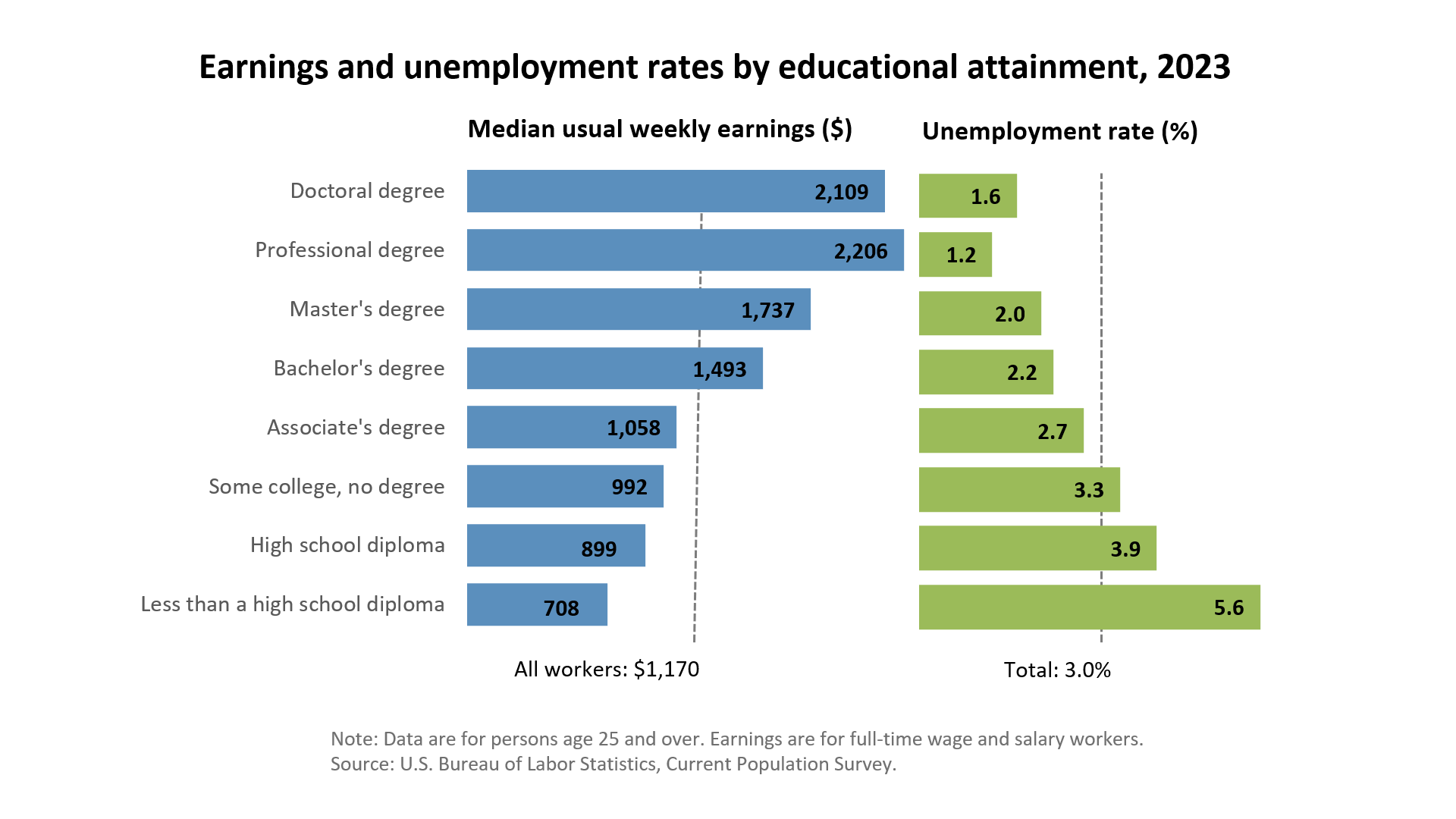
Related Top College Resources

